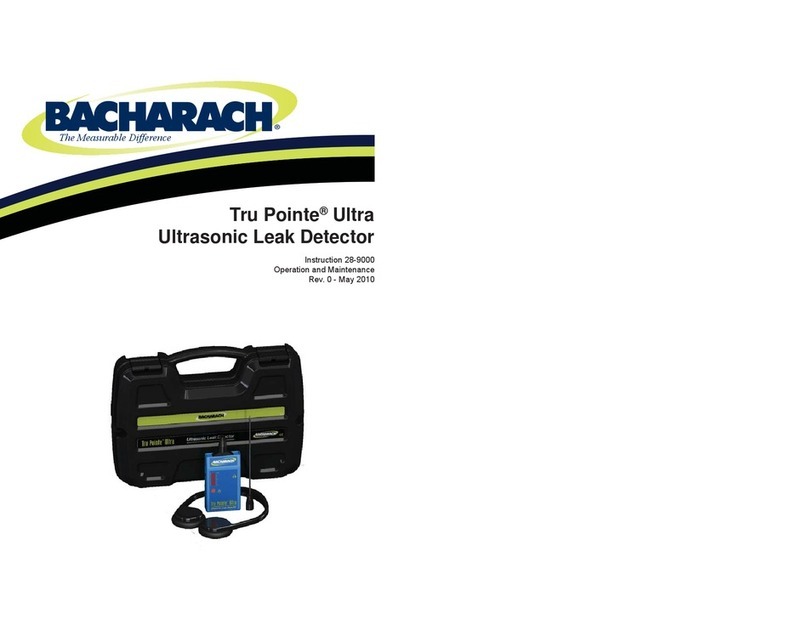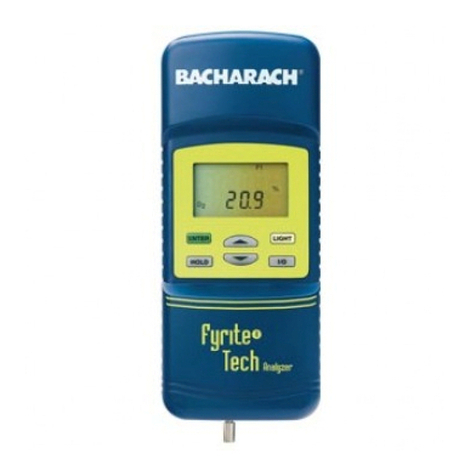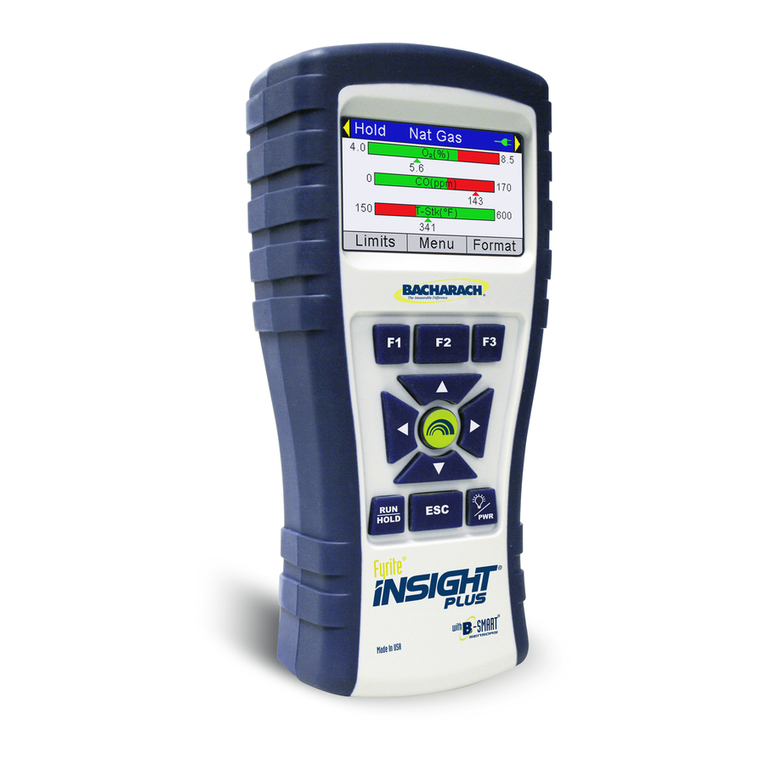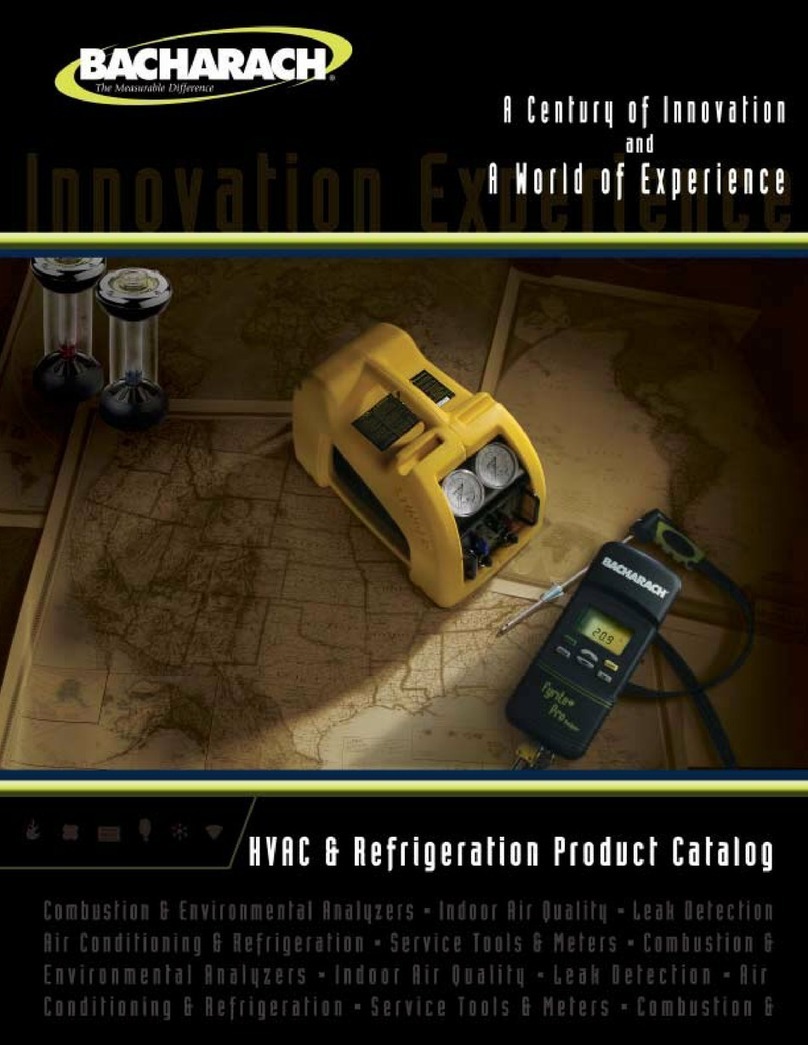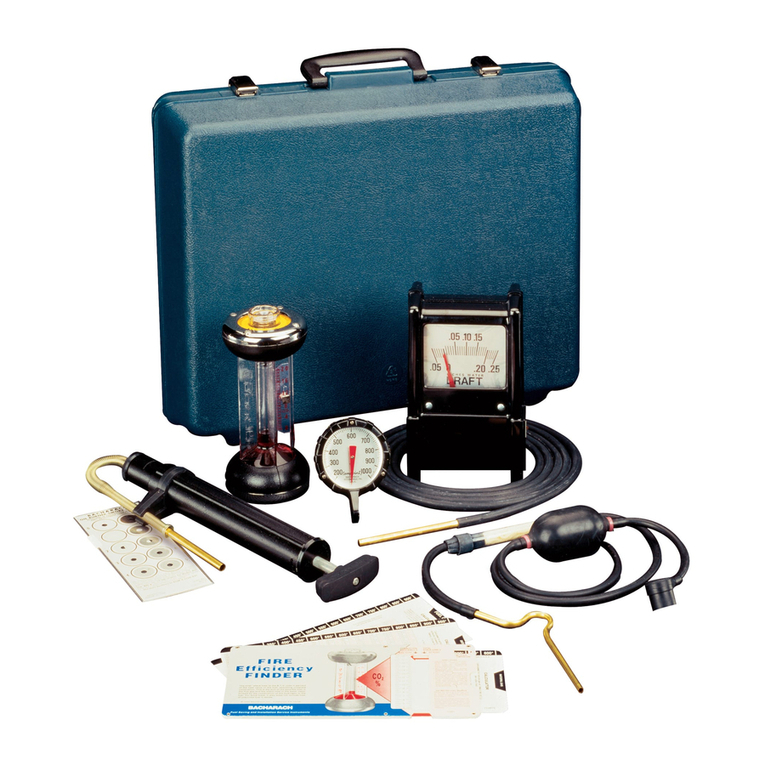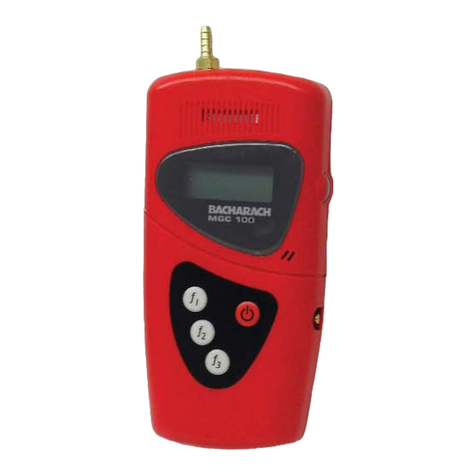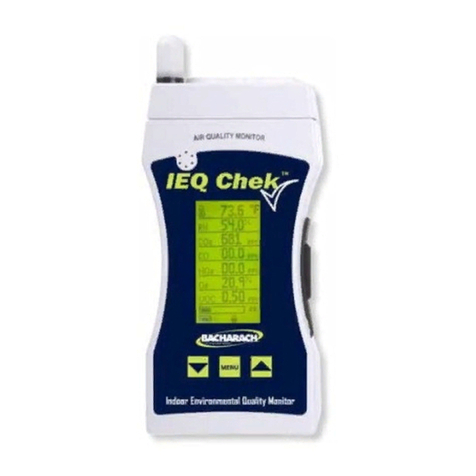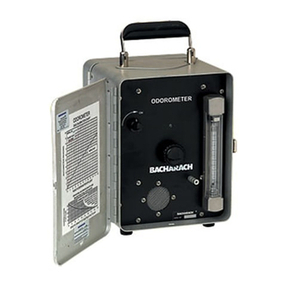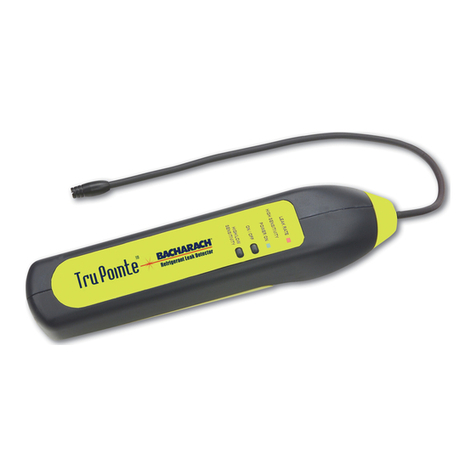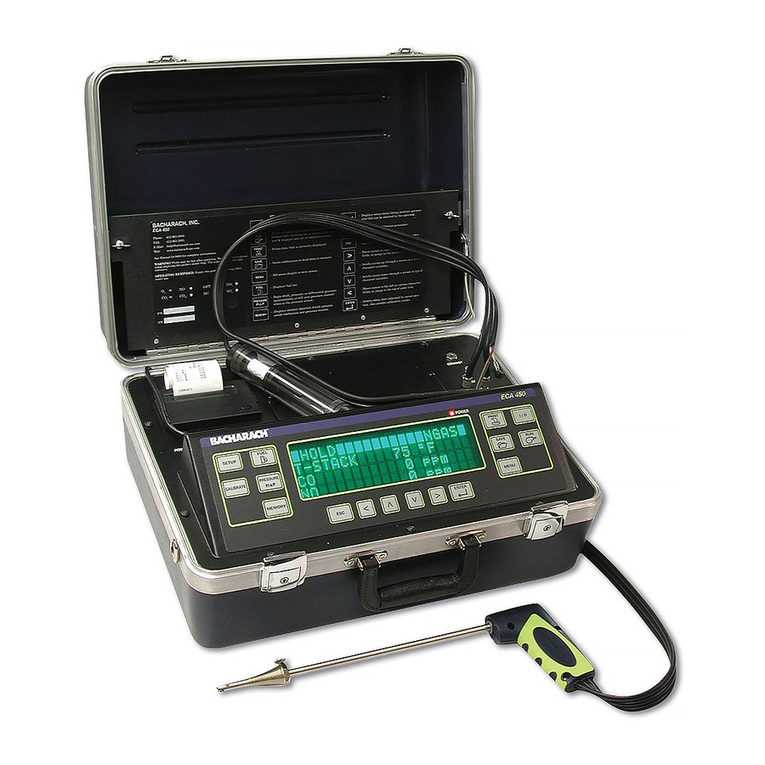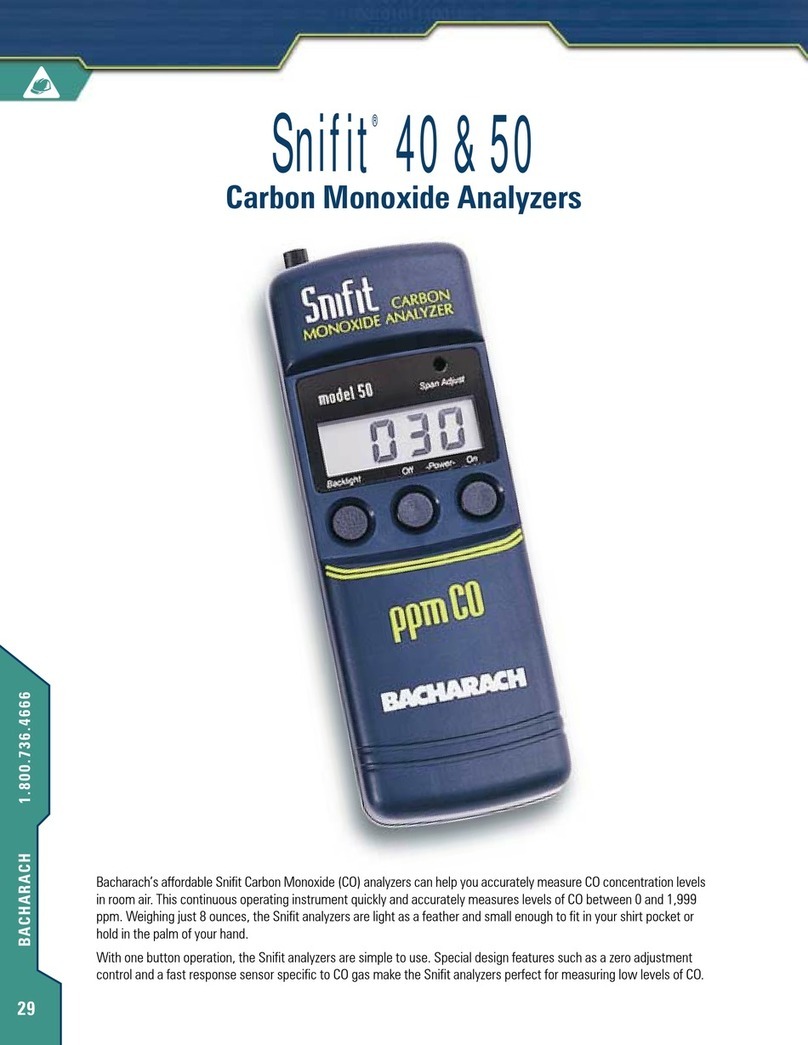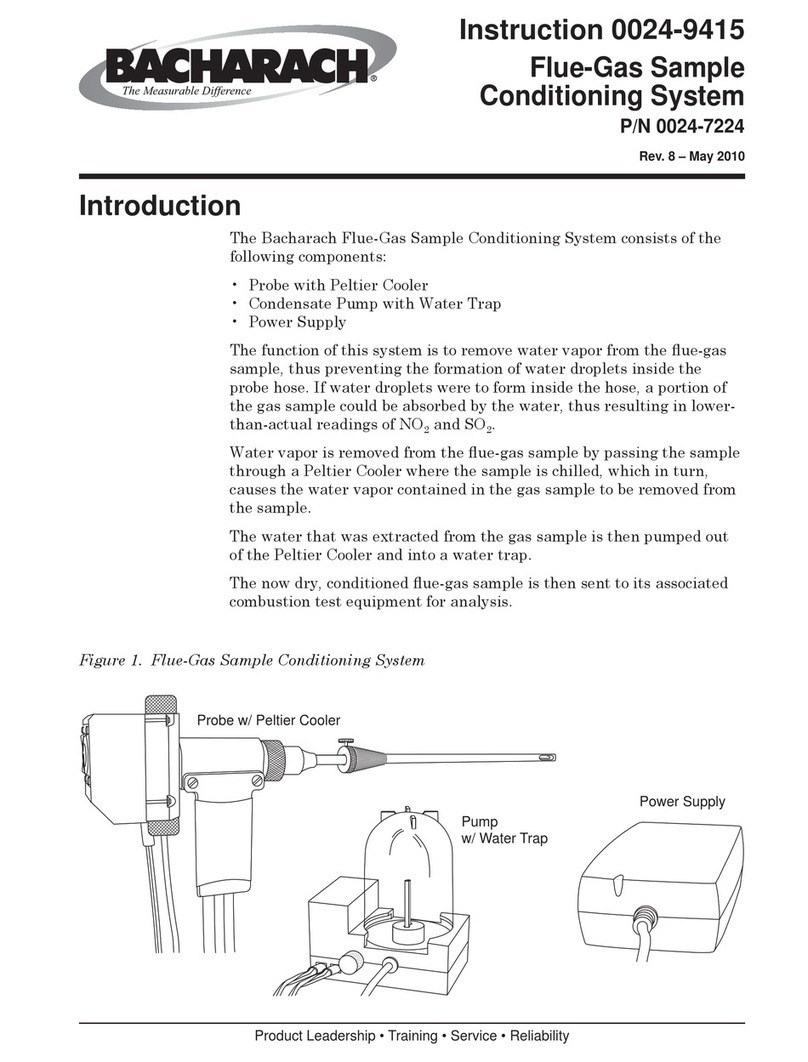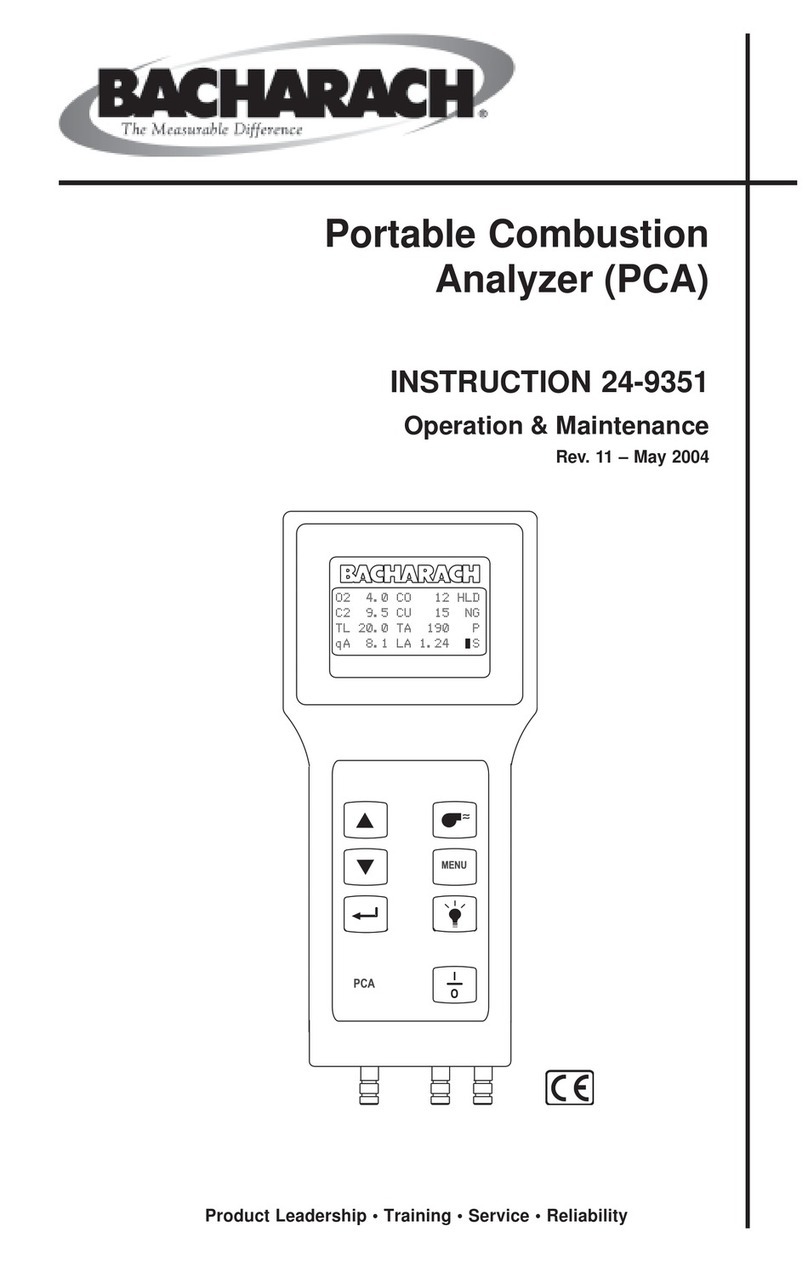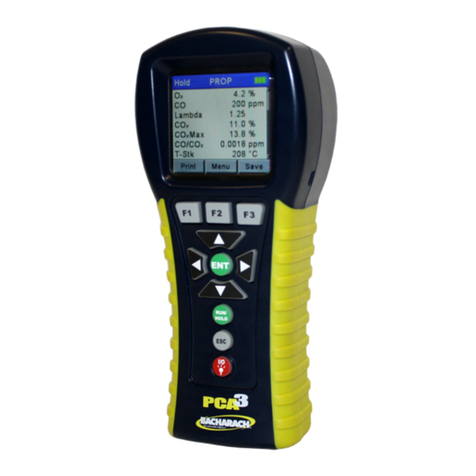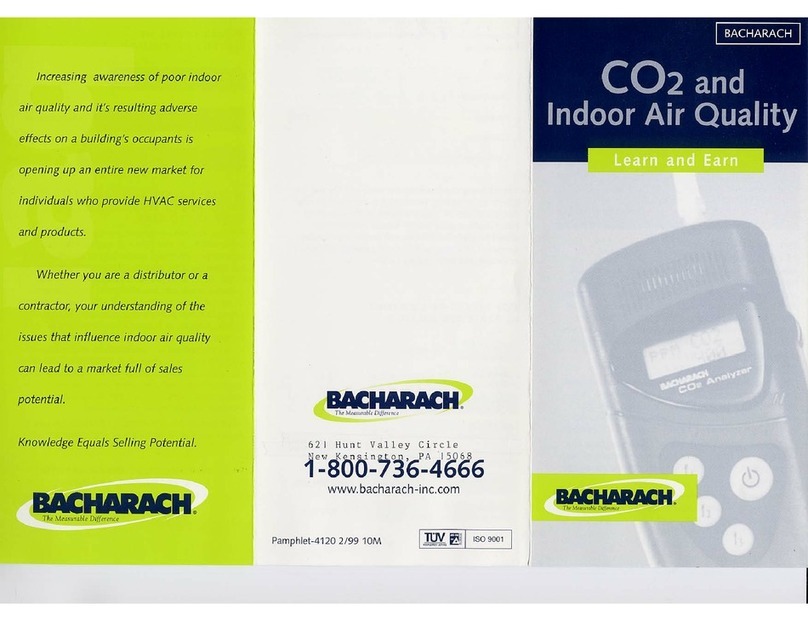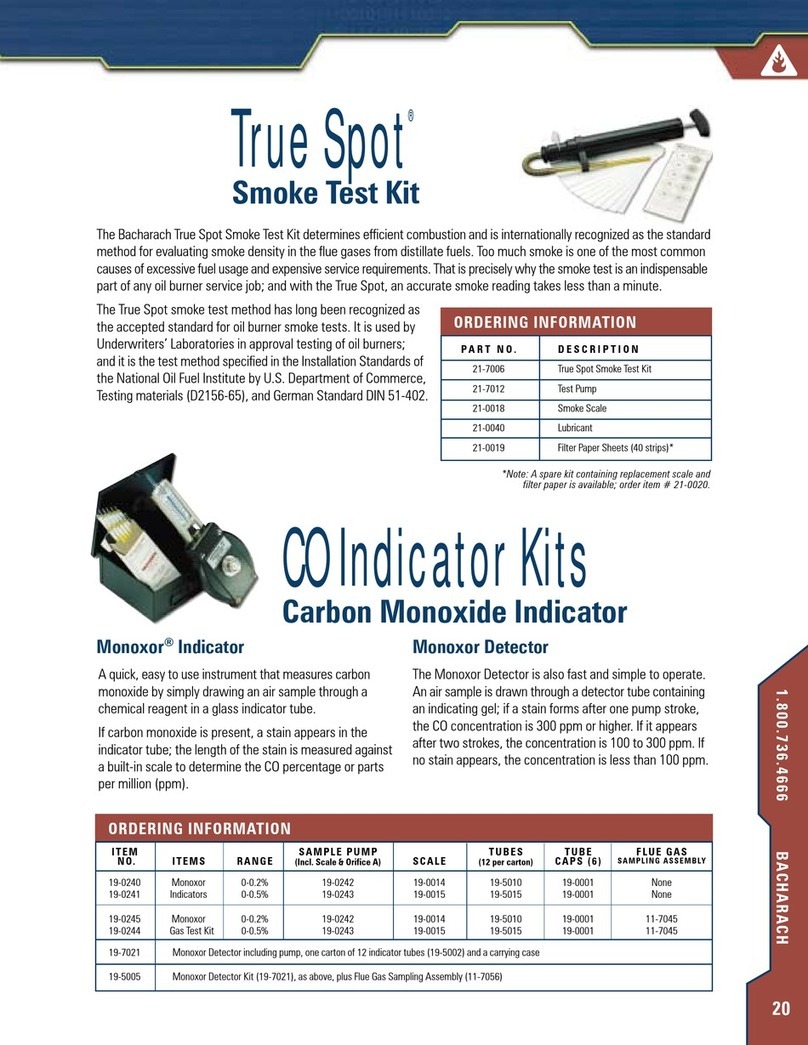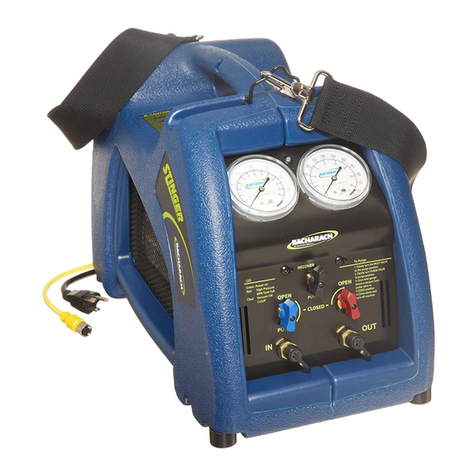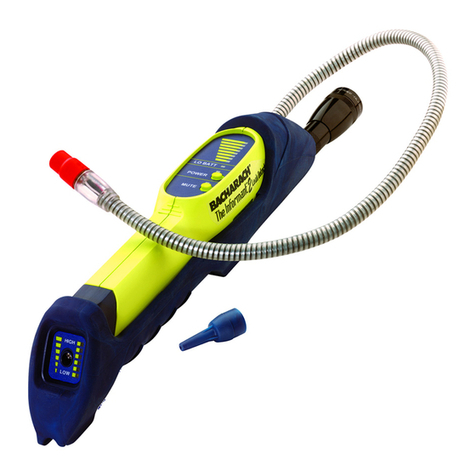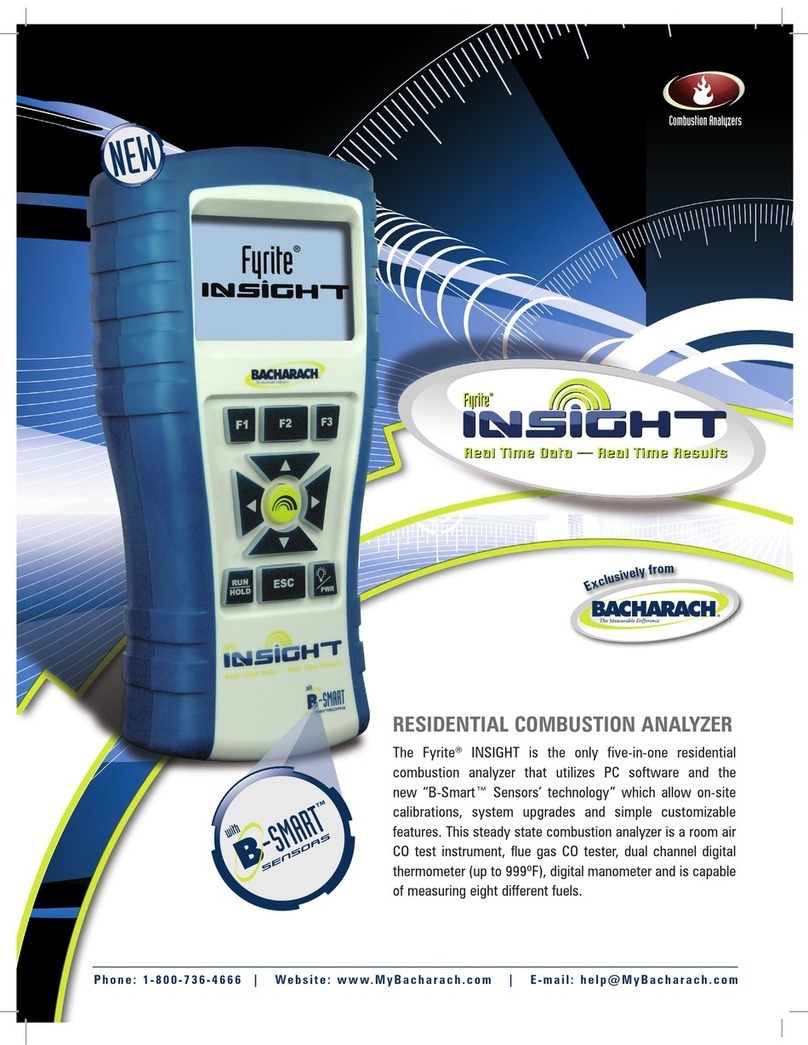
CS-3 How can I prevent Carbon Monoxide
poisoning?
The best way to prevent Carbon Monoxide poisoning is
to make sure that your combustion equipment is func-
tioning properly. Combustion air openings (vents, flues,
exhausts and ducts) must be kept open, clean and free
of blockages such as dirt, dust, lint and trash.
Never obstruct a draft hood, wind cap or exhaust vent
on any combustion appliance. Don’t store anything
against or near the equipment that could restrict the air
flow.
In a private home or apartment, a roaring fireplace is
always nice on a cold day. But when combined with a
marginal air flow to the furnace room, the fireplace
might draw enough air to starve the furnace, producing
a potentially hazardous backdraft of Carbon Monoxide
in the living areas.
The best way to prevent CO poisoning is to be con-
stantly aware that CO is a deadly gas: testing is the
only way to detect its presence.
CS-4 What are the best ways to test for Carbon
Monoxide?
Because CO is colorless, tasteless, odorless and non-irri-
tating, the only way to detect its presence is to use a
testing device or instrument.
Electrochemical sensors make detection much faster
and easier and allow you to find fluctuating CO levels
which would be difficult or impossible to measure any
other way: changes as small as 1 ppm can be detected.
There are two types of chemical stain length tubes that
may be used. Indicating tubes give you a go/no go
reading and detect a wide range of CO concentrations.
Detector tubes allow you to make more accurate and
refined measurements which give you concentration
measurement in the 0-5,000 ppm range.
CS-5 If I do find dangerous levels of Carbon
Monoxide, how do I get rid of it?
If the level of CO is dangerous, evacuate the area
immediately and provide as much ventilation of fresh air
as possible to the area where the CO is concentrated.
After determining, with instrumentation, that the CO
level has been reduced to a safe level, use your instru-
mentation to find the source of the CO and correct the
conditions which caused the CO formation. (Some local
codes may require that you immediately shut down the
equipment and notify the owner/operator).
CS-6 What are the federal safety standards for
Carbon Monoxide?
The Occupational Safety and Health Administration
(OSHA) has set a maximum limit of 50 ppm for eight
hours exposure in the workplace. In some states this
limit may be lower.
The Environmental Protection Agency (EPA) and the
American Gas Association (AGA) have set a maximum
allowable of 400 ppm (on a CO air free basis) in flue gas.
The American Society of Heating, Refrigeration and Air
Conditioning Engineers (ASHRAE) recommends 9 ppm
as the maximum acceptable level of CO in a residential
setting (ASHRAE Ventilation Standard 62-89).
CS-7 Why is a cracked heat exchanger dangerous?
In a warm air furnace, a cracked heat exchanger can
cause a build-up of toxic gases, including CO, which
would be distributed by the blower into the living or
working area causing sickness or death.
6
Chart 10
CO CONCENTRATIONS & SYMPTOMS DEVELOPED
Concentrations Inhalation time and
of CO in the air toxic symptoms developed
9 ppm (0.0009%) The maximum allowable concentration for
short term exposure in a living area,
according to ASHRAE.
50 ppm (0.0050%) The maximum allowable concentration for
continuous exposure in any 8-hour period,
according to federal law
200 ppm (0.02%) Slight headache, tiredness, dizziness,
nausea after 2-3 hours
400 ppm (0.04%) Frontal headaches within 1-2 hours, life-
threatening after 3 hours, also maximum
parts per million in flue gas (on an air free
basis), according to EPA and AGA
800 ppm (0.08%) Dizziness, nausea and convulsions within
45 minutes. Unconsciousness within
2 hours. Death within 2-3 hours.
1,600 ppm (0.16%) Headache, dizziness and nausea within
20 minutes. Death within 1 hour.
3,200 ppm (0.32%) Headache, dizziness and nausea within
5-10 minutes. Death within 30 minutes.
6,400 ppm (0.64%) Headache, dizziness and nausea within
1-2 minutes. Death within 10-15 minutes.
12,800 ppm (1.28%) Death within 1-3 minutes.
